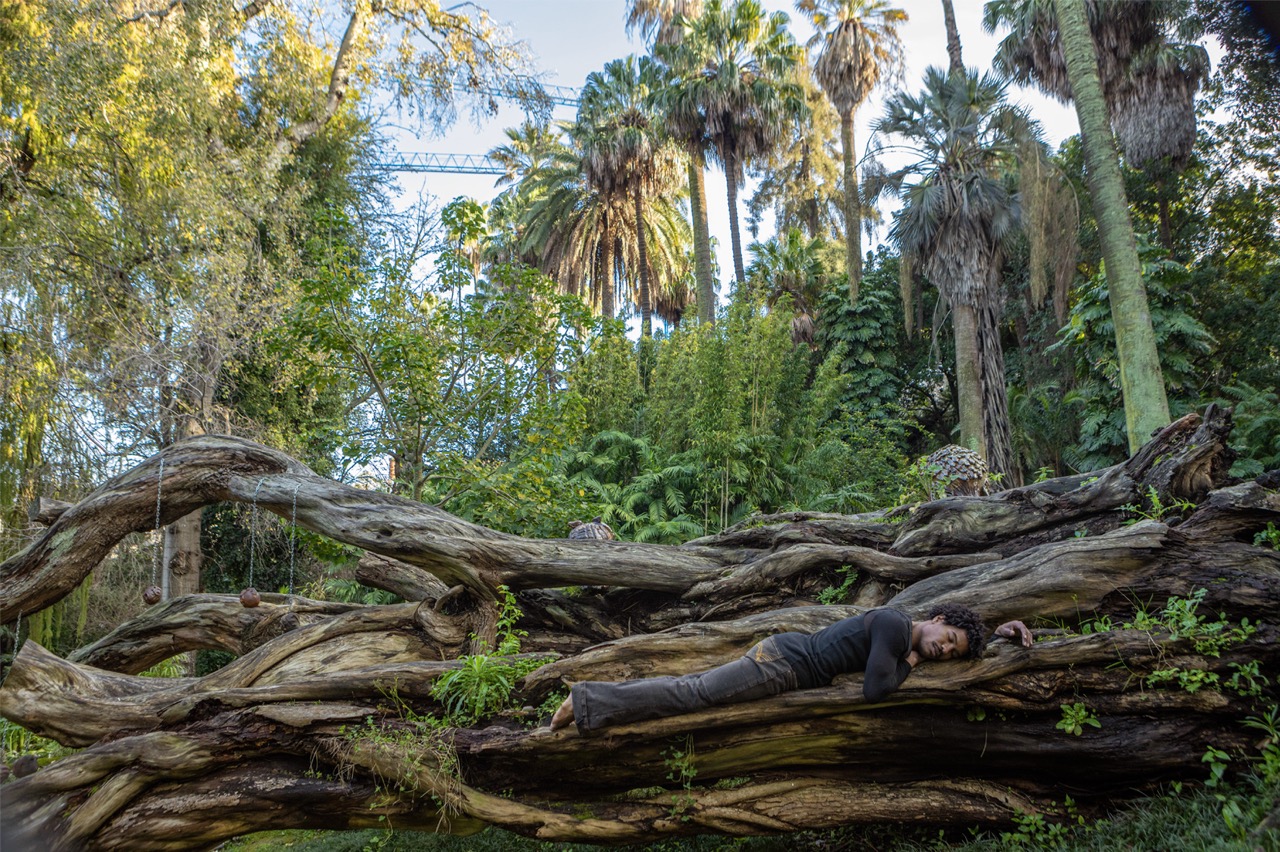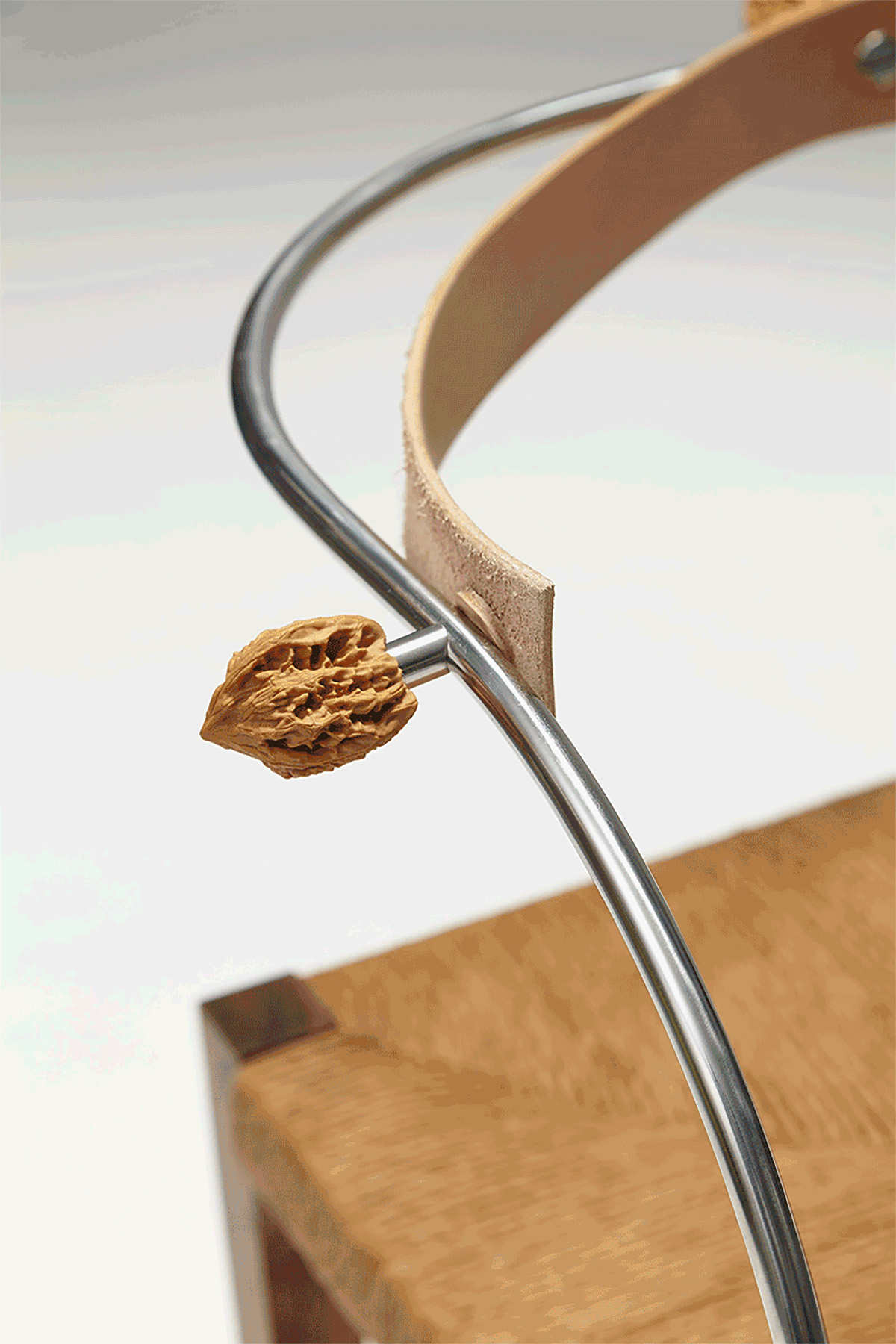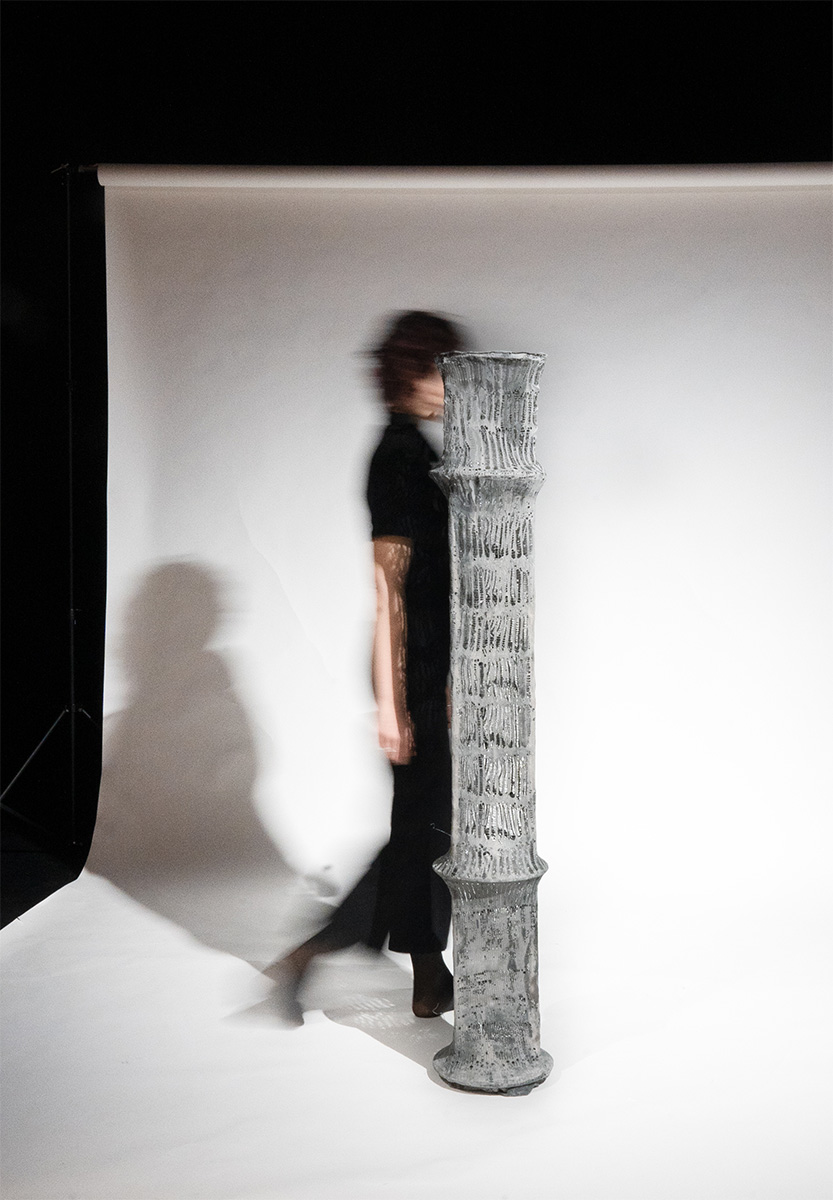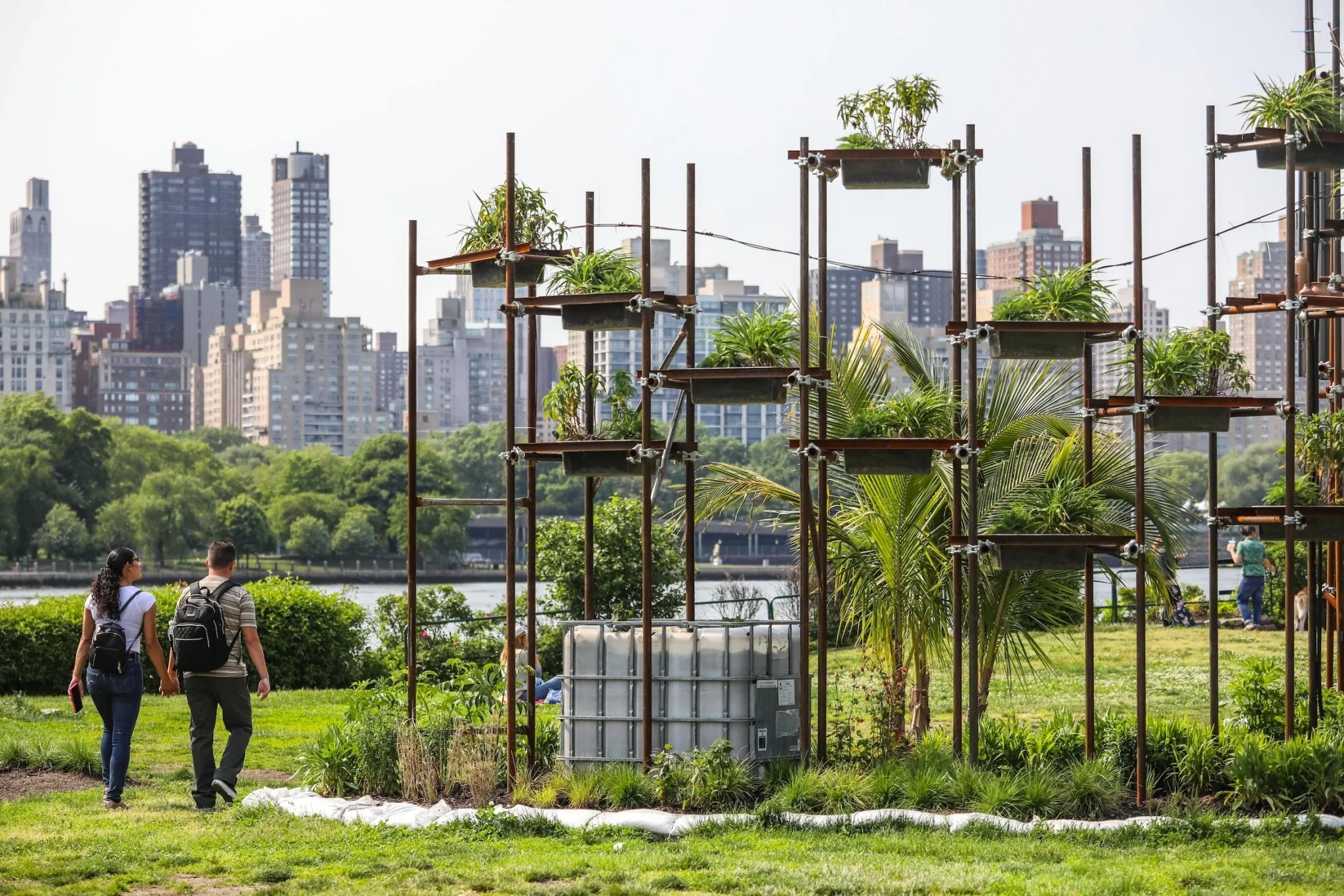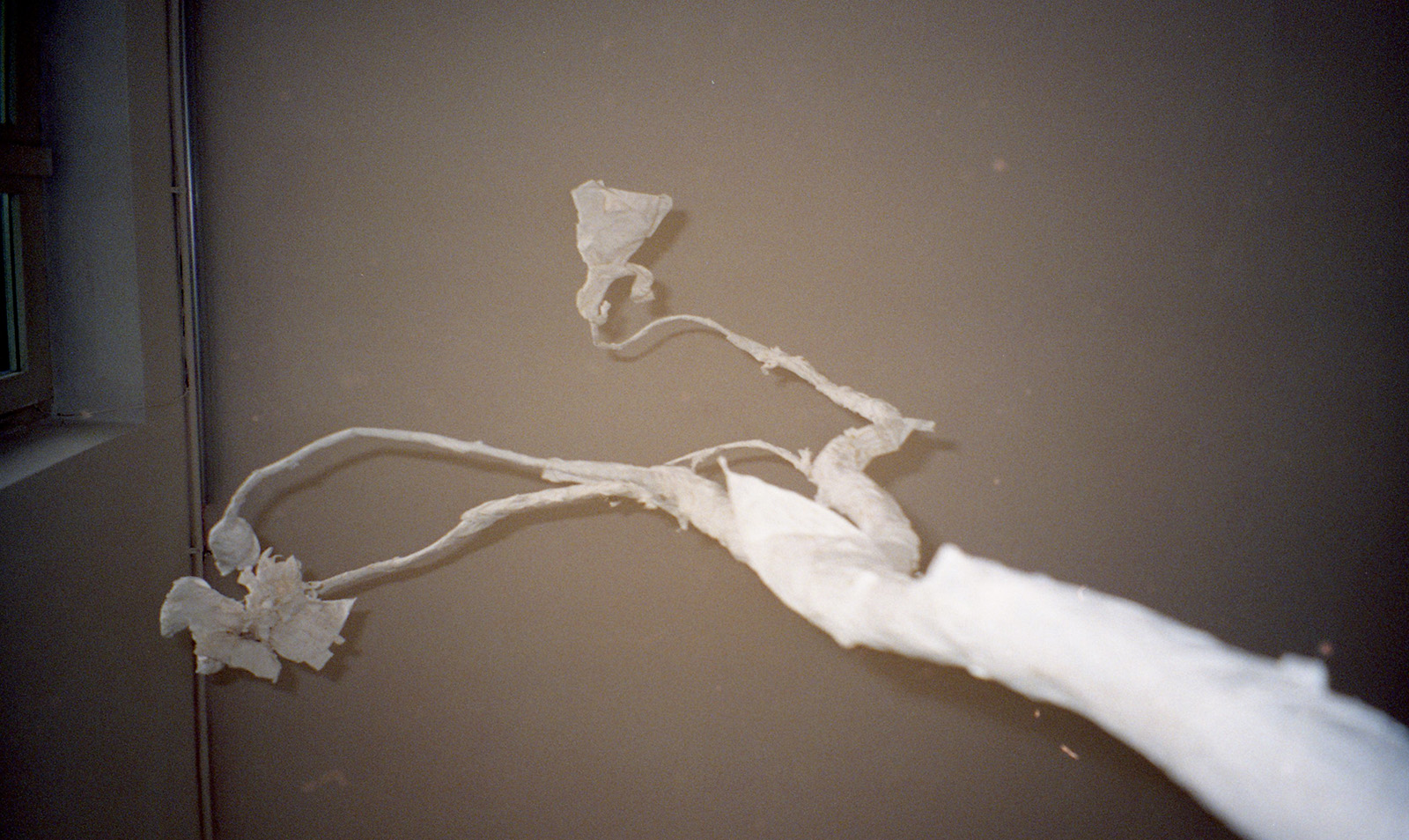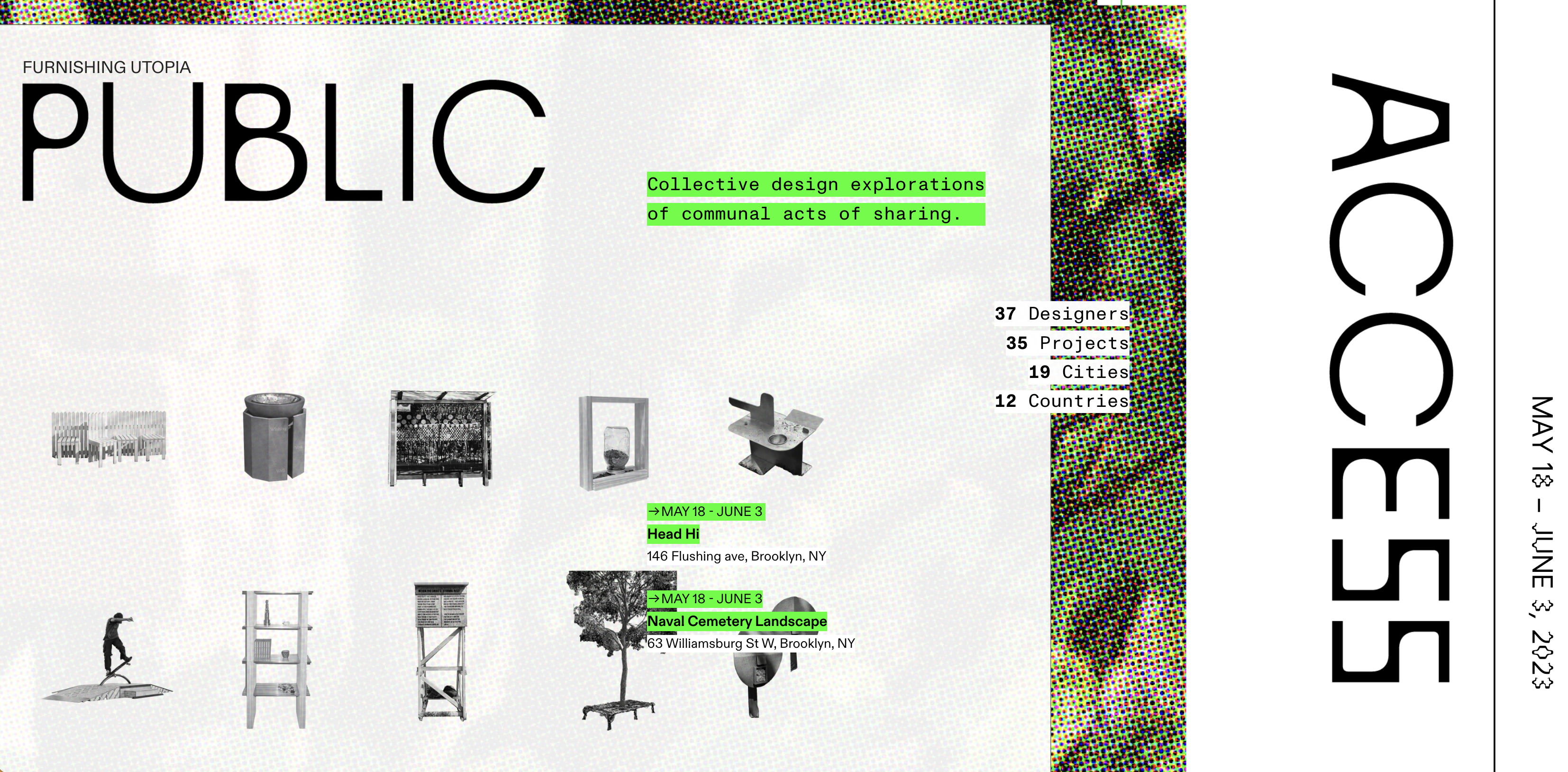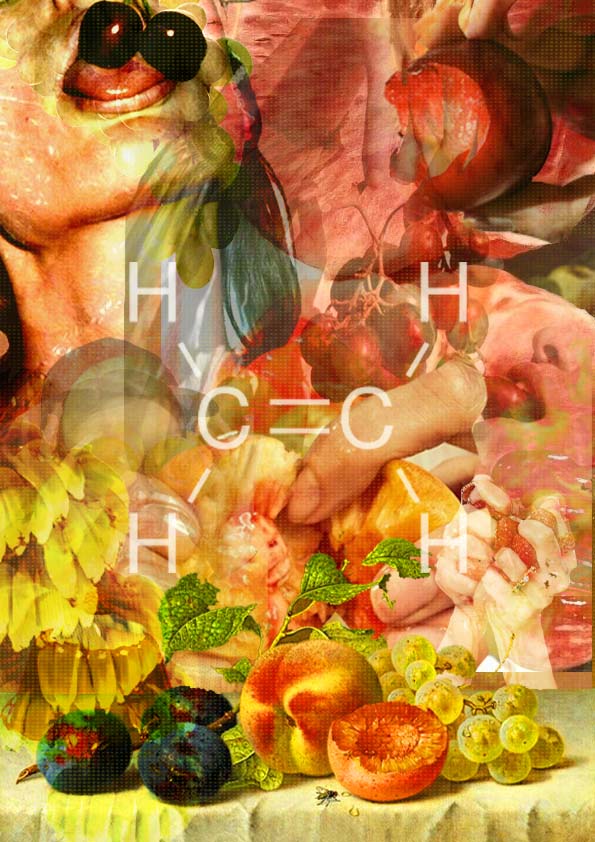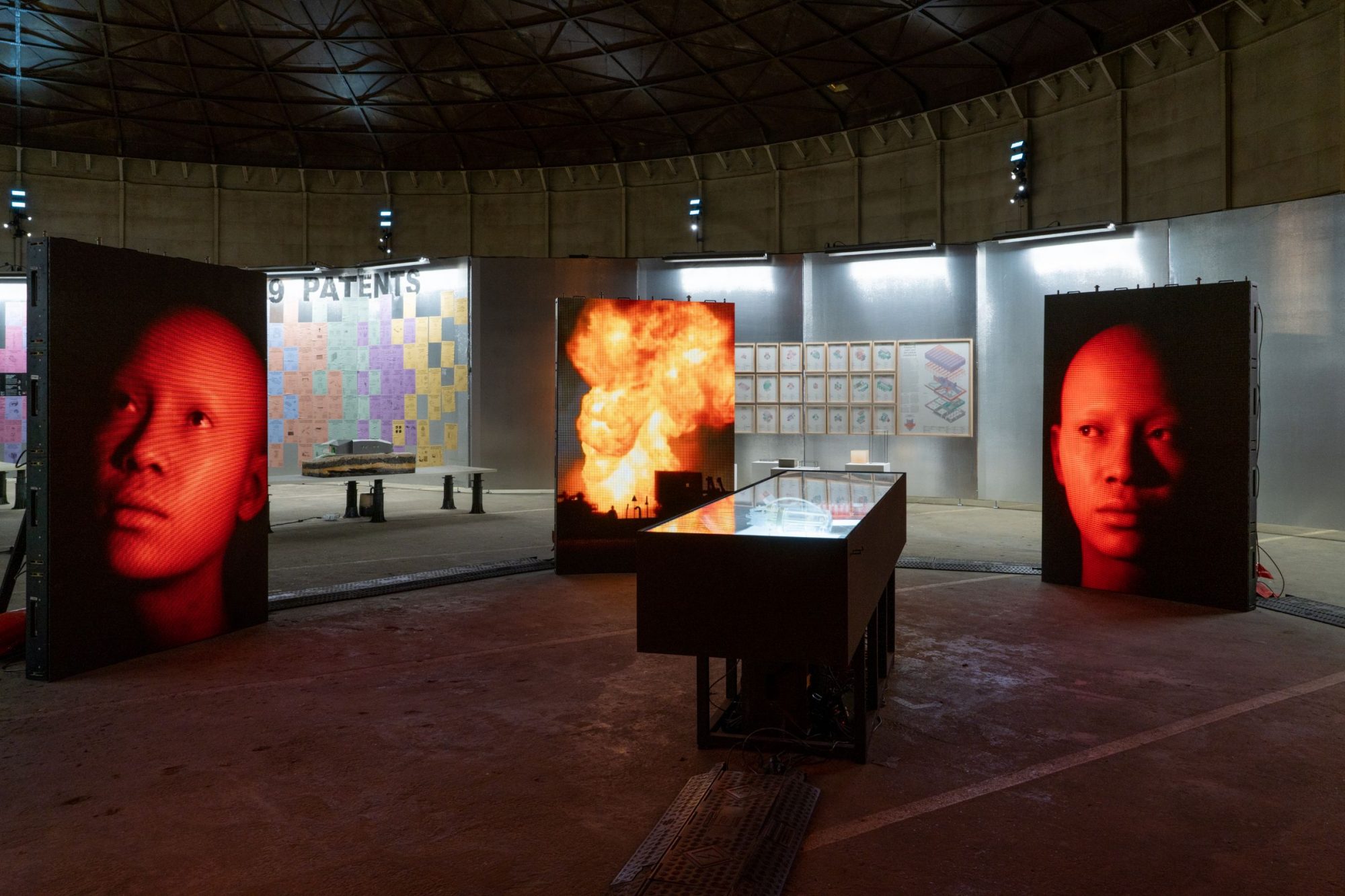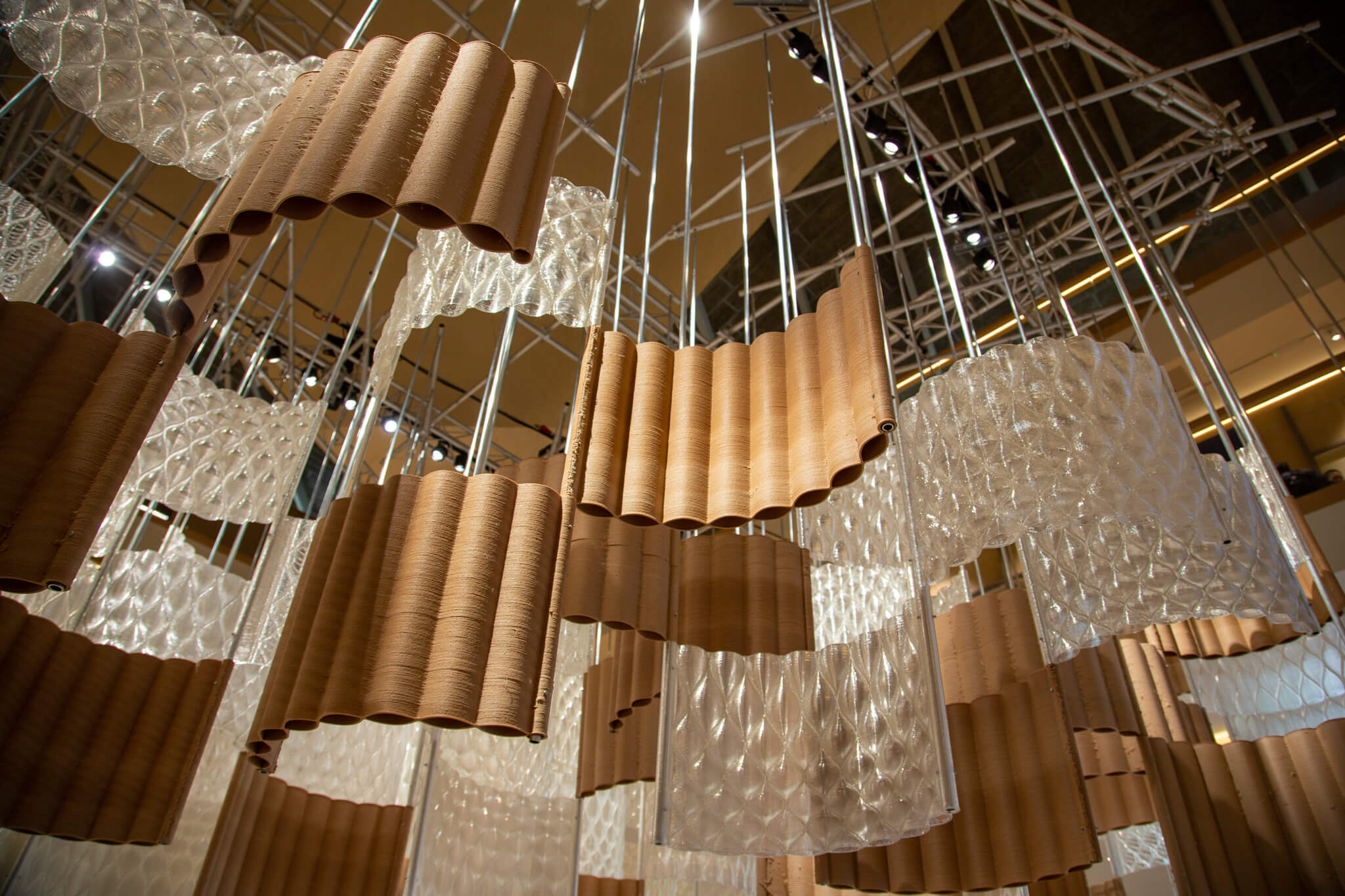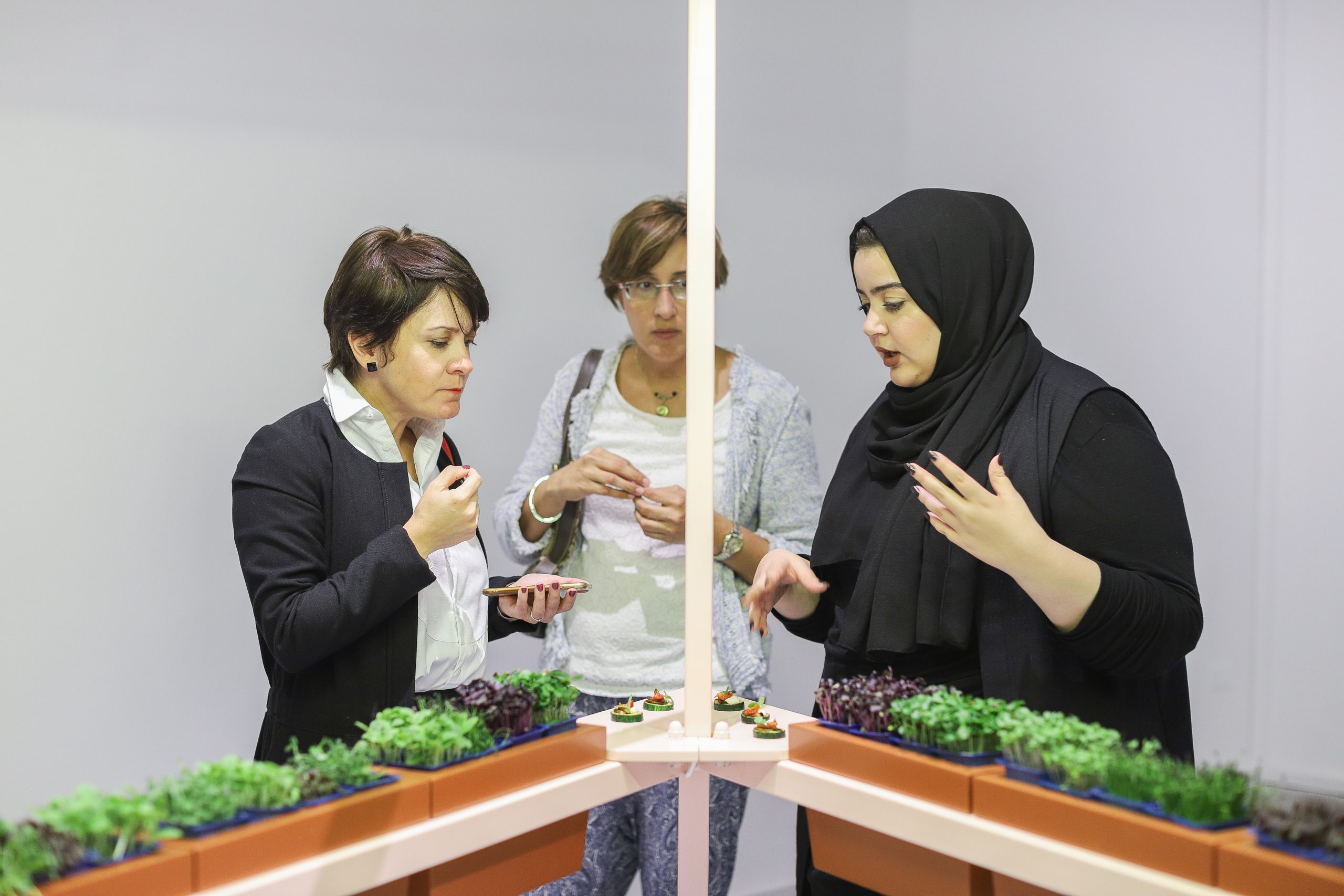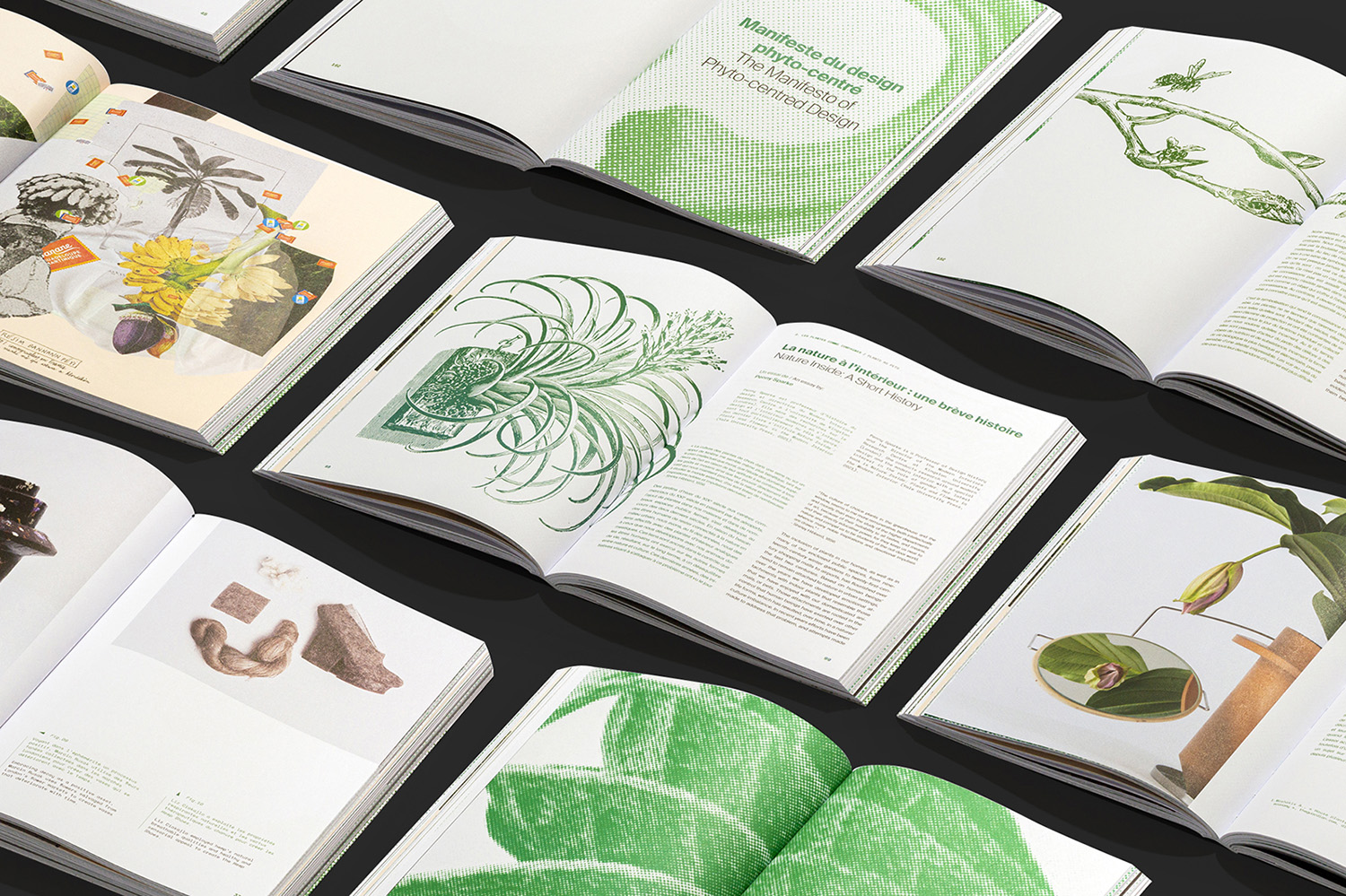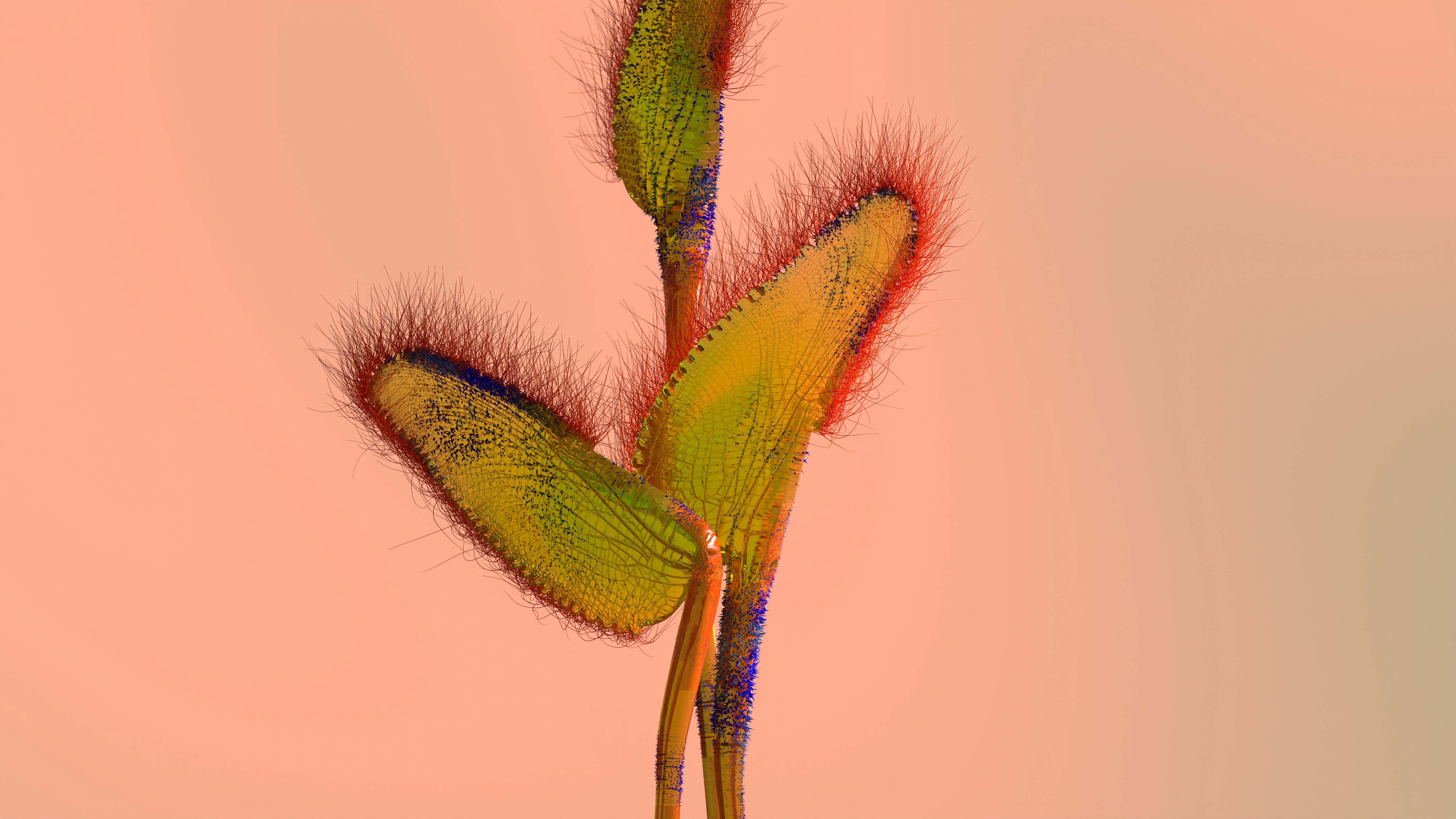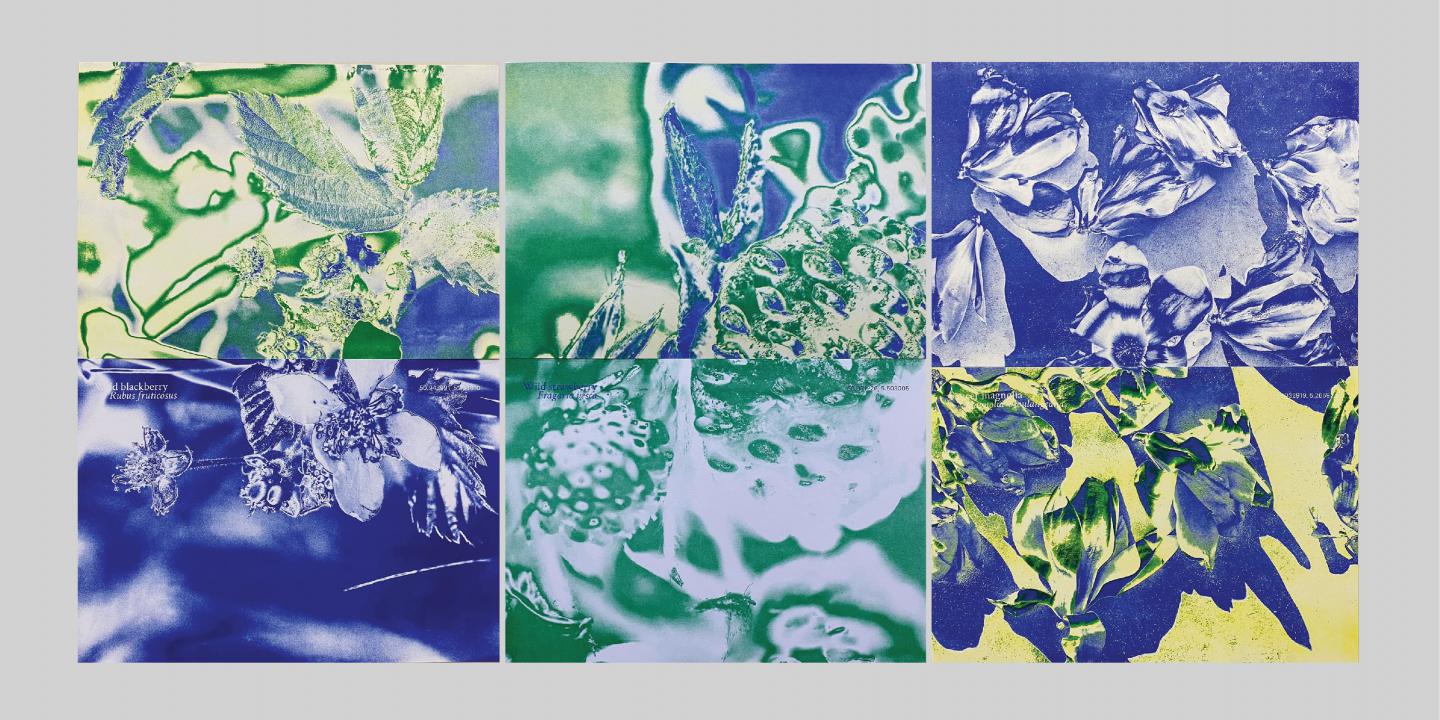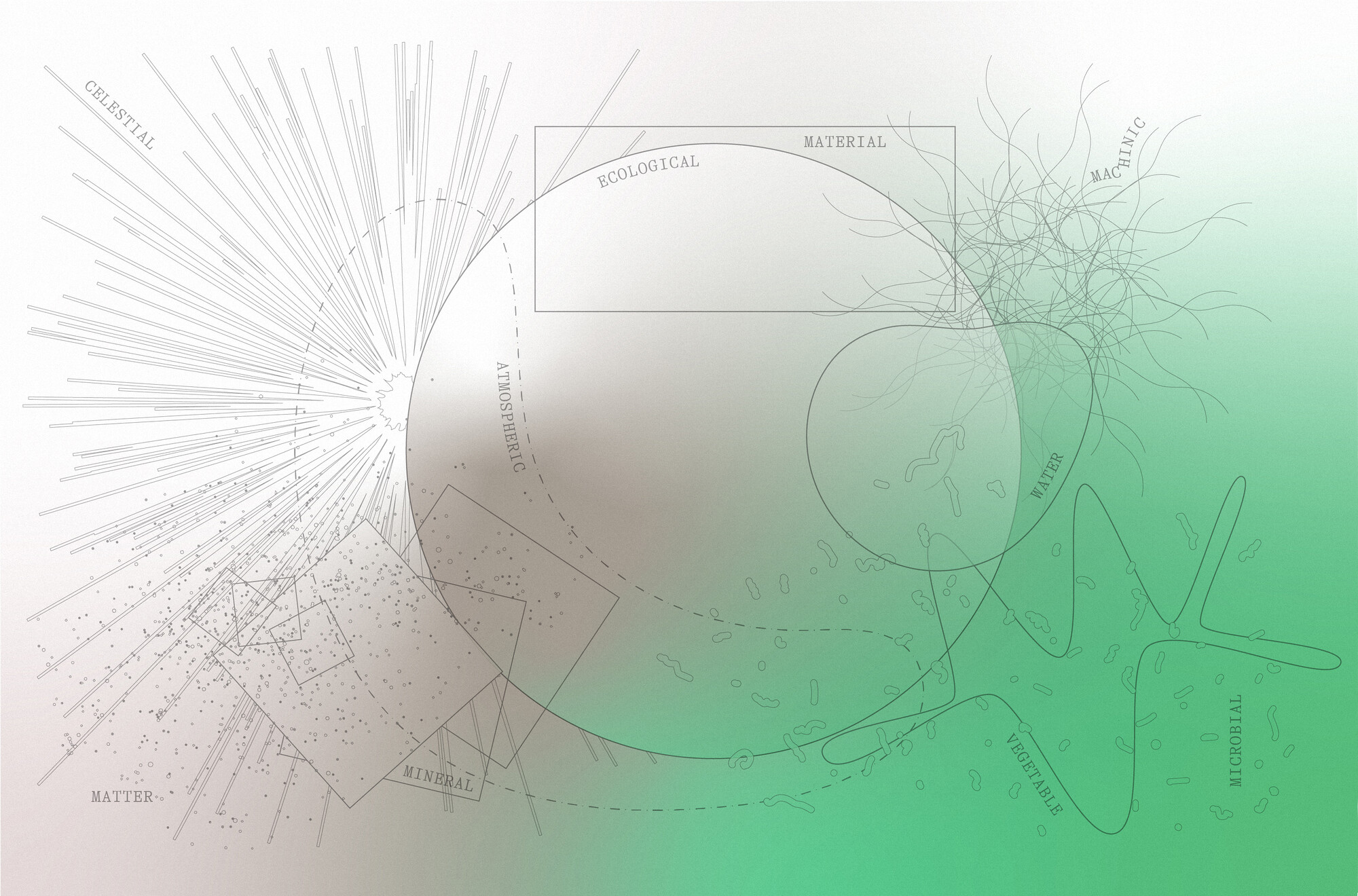Forget food design. Marije Vogelzang is a self-proclaimed shit designer. “Of all design materials in the world, [food] is the only material we actually put inside our bodies, digest it and bring it back into the world again” writes Marije Vogelzang in her opening text for her recent solo exhibition Eating Design at the OCT Art & Design Gallery in Shenzhen, China.

Eating Design explores the myriad relationships between man and food through the multi-sensory, nostalgic, social, and cultural lens of eating. Vogelzang, who heads the Food Non Food program at Design Academy Eindhoven, is perhaps the most visible champion of food design, although she would shy away from the label of food designer.
For Vogelzang, food is a transformative material; one that transforms in our bodies as well as our ideas about what food and design can be within the universal systems, studies, and processes which food serves as a touchpoint.
Many of the works on display re-contextualize where and how we eat. In “Grazing City Scapes,” (below) a table set without cutlery, asks participants to use only their mouths to eat.

In “Bits N Bytes,” eating becomes a collaborative experience, connected and enriched by participants as they move food along a table adorned with personal notes.


“Rice Life” evokes the lingering memory of food, as participants are invited to add their stories to bags of rice that are then shared and taken home.

Other works deconstruct and playfully reconstruct eating in creative and amusing ways. In “Teardrop,” mystery-flavored water is dropped from a series of 24 pipettes, released by pulling on different ropes.

“Pasta Sauna” is an imaginative response to the Futurists’ ban on pasta and lethargy, and celebrates “the slow feeling of eating pasta.”

Together, the works in Eating Design present an engaging, provocative, and shifting conversation about the ways we approach eating, and the role design can play in starting that conversation.

